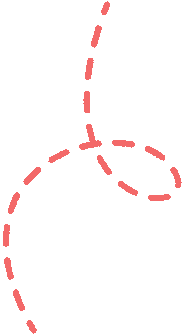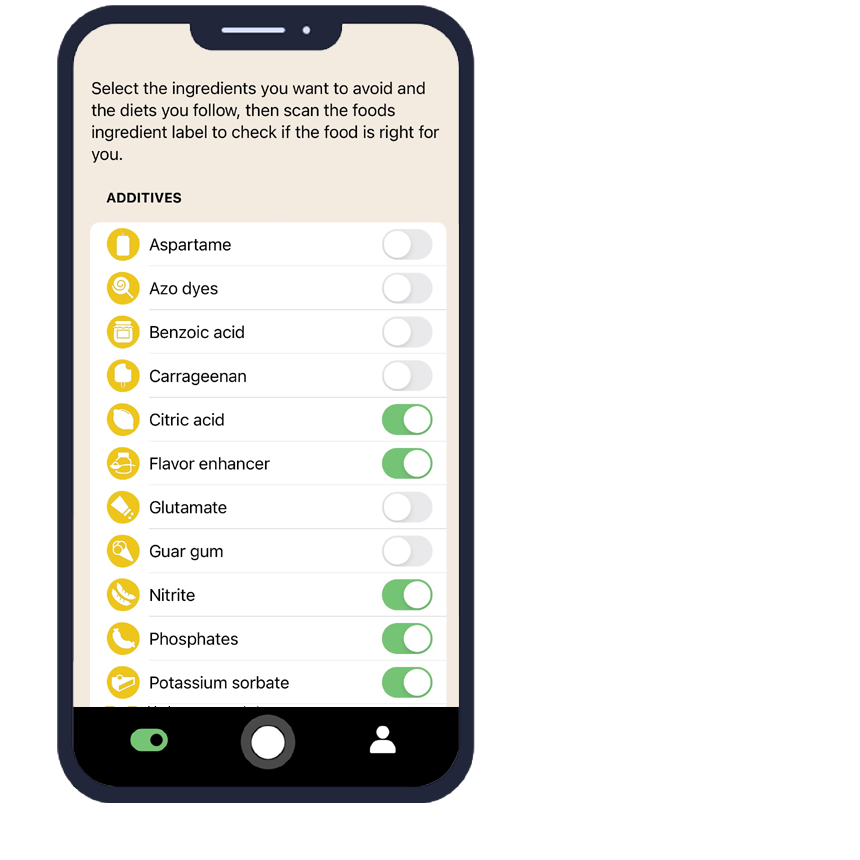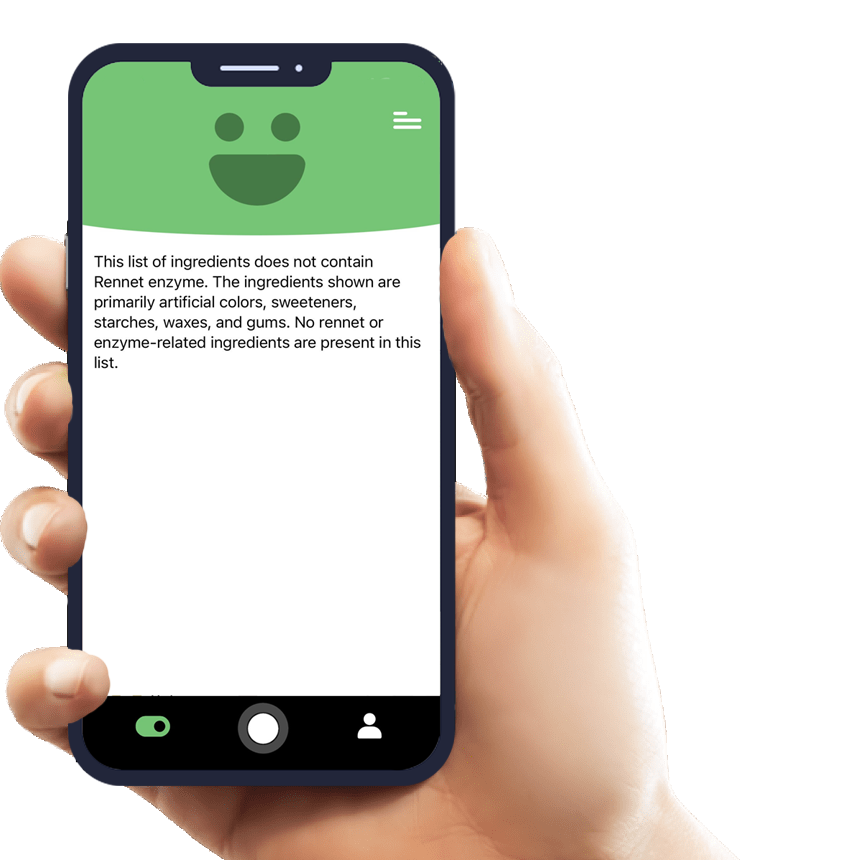Everything You Need to Know About Egg and How AI Eat This Can Help You Avoid It
Egg is one of the most common ingredients found in countless food products, from obvious sources like baked goods to unexpected places like processed meats and sauces. For millions of people worldwide, identifying Egg in food products isn't just about dietary preferences—it's a matter of health and safety. Whether you're dealing with an Egg allergy, intolerance, or following specific dietary restrictions, knowing where this ingredient hides can be challenging.
The AI Eat This app revolutionizes how consumers identify food additives and allergens like Egg. By simply scanning ingredient lists with your smartphone camera, this innovative tool helps you make informed decisions about what you eat, regardless of the language the ingredients are listed in.
What Is Egg and Where Is It Used in Food Products?
Egg serves multiple functions in food production, acting as a binding agent, emulsifier, leavening agent, and source of protein. In the food industry, Egg appears in various forms including whole eggs, egg whites, egg yolks, and processed egg powders. These versatile ingredients help create texture, structure, and nutritional value in countless products.
The FDA recognizes Egg as one of the top eight major food allergens, requiring clear labeling on packaged foods. However, Egg can appear under various names and in unexpected products, making identification challenging for consumers with dietary restrictions.
Common Foods Containing Egg
Egg appears in numerous food categories beyond the obvious breakfast items. Understanding where to look for this ingredient helps consumers make better choices:
- Baked goods including bread, cakes, cookies, and pastries
- Pasta and noodles, especially fresh varieties
- Mayonnaise, salad dressings, and creamy sauces
- Ice cream, custards, and frozen desserts
- Processed meats like meatballs and sausages
- Protein powders and nutritional supplements
- Some wines and beers (used in clarification processes)
Is Egg Safe? What Does the Research Say?
Regulatory Approvals and Guidelines
For most people, Egg is not only safe but highly nutritious. The World Health Organization recognizes eggs as an excellent source of high-quality protein and essential nutrients. The European Food Safety Authority also supports the safety of Egg consumption for the general population.
However, regulatory bodies worldwide mandate clear labeling of Egg-containing products due to its status as a major allergen. This requirement helps protect consumers who must avoid this ingredient for health reasons.
Risks for Specific Groups
While Egg is generally safe, certain individuals face significant health risks from consumption. Egg allergies affect approximately 1-2% of children and can persist into adulthood. These allergic reactions can range from mild symptoms like hives to severe anaphylaxis requiring immediate medical attention.
Some people also experience Egg intolerance, which causes digestive discomfort without involving the immune system. Additionally, individuals following vegan diets or certain religious dietary restrictions must avoid all Egg-containing products.
How AI Eat This Helps You Avoid Egg
The AI Eat This app transforms the challenging task of identifying Egg in food products into a simple, quick process. This innovative technology scans ingredient lists using your smartphone camera, instantly recognizing Egg and its various alternative names across multiple languages.
The app's personalized filter system allows users to set specific dietary restrictions, including Egg avoidance. Once configured, the app immediately alerts you when scanning products that contain this ingredient, preventing accidental consumption that could trigger allergic reactions or violate dietary preferences.
What sets AI Eat This apart is its comprehensive database that recognizes not just "Egg" but also alternative names like albumin, lecithin (when egg-derived), and various E-numbers associated with egg-based food additives. This thorough approach ensures you don't miss hidden sources of Egg in processed foods.
Who Should Avoid Egg?
Several groups of people need to carefully avoid Egg consumption for health or lifestyle reasons. Understanding whether you fall into one of these categories helps determine if you need to monitor your Egg intake closely.
Individuals with diagnosed Egg allergies must completely avoid all forms of this ingredient. Even trace amounts can trigger serious allergic reactions, making careful label reading essential. Those with Egg intolerance may tolerate small amounts but often feel better avoiding it entirely.
People following vegan diets exclude all animal products, including Egg, for ethical or environmental reasons. Some religious dietary laws also prohibit or restrict Egg consumption during certain periods or in specific preparations.
Tips for Maintaining an Egg-Free Diet
Successfully avoiding Egg requires strategy and vigilance, but the right approach makes it manageable. Start by focusing on whole, unprocessed foods like fruits, vegetables, grains, and legumes, which naturally don't contain Egg.
When shopping for packaged foods, always read ingredient lists carefully, even on products you've purchased before, as manufacturers sometimes change formulations. Look for "egg-free" or "vegan" certifications on products to simplify your shopping experience.
Learn to recognize alternative names for Egg ingredients, including albumin, globulin, lecithin (when egg-derived), lysozyme, and ovalbumin. Restaurant dining requires asking detailed questions about preparation methods and ingredients, as Egg can hide in unexpected dishes.
Consider using egg substitutes in home cooking and baking. Options like applesauce, mashed bananas, commercial egg replacers, or flax eggs can provide similar binding and leavening properties in recipes.
Conclusion
Understanding Egg as a common food ingredient and potential allergen empowers consumers to make informed dietary choices. Whether you're managing an Egg allergy, intolerance, or following specific dietary restrictions, identifying this ingredient in food products is crucial for your health and well-being.
The AI Eat This app simplifies the process of avoiding Egg by providing instant ingredient scanning and personalized dietary filtering. This technology eliminates guesswork and reduces the risk of accidental consumption, giving you confidence in your food choices.
Take control of your dietary restrictions today. Download AI Eat This for free testing and experience how technology can transform your relationship with food safety and ingredient awareness!

70 filters
With over 70 filters, you can easily avoid certain ingredients and follow your dietary preference.

Paleo

Pescetarian

Ultra-processed food

Vegan







































































